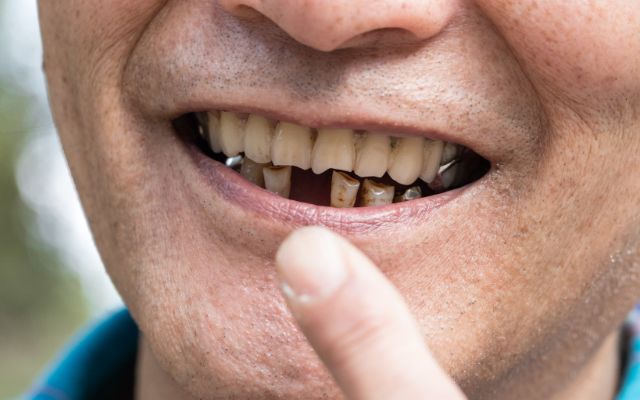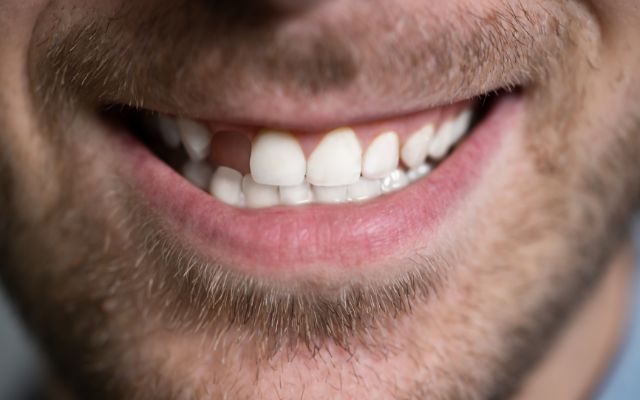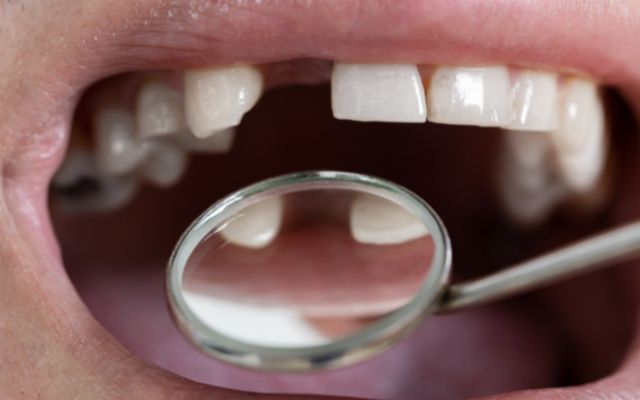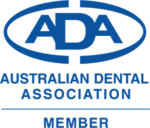Missing Teeth & Gaps Between Teeth
Missing teeth and gaps are not only unattractive, but they can also lead to health problems. Why is it vital to use restorations to restore lost teeth? You may be shocked to learn about the harm caused by gaps teeth. However, if you have missing teeth there are specific common treatments recommended for you.
What is Diastema - Gapped Front Teeth?
The term “distema” describes the missing teeth or gap between the front teeth. These voids can form anywhere in the mouth, although they are most commonly seen between the two top front teeth. Both children and adults are impacted by this issue. Any gaps may close after a child’s permanent teeth develop.

While certain gaps are greater and more obvious to some people, others are smaller and hardly perceptible to others. If you don’t like how the gap looks, you can close it or lessen its size.
Diastema: What causes it?
Natural Development
Children’s natural growth might sometimes leave them with gaps between their front teeth. It is rather prevalent between the ages of 6 and 8 years. This gap, however, usually closes with the emergence of upper canines.
Teeth With Abnormal Alignment, Size, Or Shape.
Your chances of developing a gap rise if your teeth are atypical in size, form, or placement. These teeth are unable to receive the necessary pressure and support from one another to keep them from moving apart.
Lost Teeth
The most prevalent cause of missing teeth is undeveloped or absent surrounding teeth of your top front teeth. Upper lateral incisors are another name for them. This disorder causes front teeth to gap.
Unsuitable Swallowing Reflex
Your tongue should firmly touch the roof of your mouth during a proper swallow. False swallowing, on the other hand, forces your tongue up against your front teeth. This persistent pressure can eventually result in gapped front teeth.
Periodontitis
Periodontitis can also cause tooth gaps. It is a specific type of infection or gum disease that weakens the tissues and tooth bone. As a result, your teeth become loose and a gap forms.
Outgrown Labial Frenum
The gum above the top front teeth and the inside of the upper lip are covered by a tissue called the labial frenum. If this tissue develops too large, it might cause a gap in the teeth.
Improper Habits
Diastema in children can be brought on by bad behaviors including chewing the lower lips and sucking the thumb or finger. Furthermore, a tongue piercing on an adult can attract it. By repeatedly moving the pierced stud, it can disrupt the growth of front teeth.
Baby Teeth Falling
When baby or adult teeth fall out, a gap may form between the teeth. However, these types of gaps fill with the advent of permanent teeth.
Problems From Missing a Tooth
Teeth Shifting Into Gaps
When a tooth is missing, the jaw bone that supported it starts to deteriorate, which causes the teeth on either side to move or tip into the empty space left by the missing tooth. Because there isn’t a tooth to bite on, the tooth either above or below the open gap will likewise start to move in that direction.
Eventual Problems From Teeth Shifting
These motions can lead to gum disease, tooth decay, excessive wear on particular teeth, and TMJ (jaw joint) issues. The health of your bite, the aesthetics of your smile, and your ability to chew effectively are all compromised by these issues and motions, which do not manifest right away but eventually.

Missing Teeth & Gaps Between Teeth Treatment
Avoid gaps from dental extractions
With so many advanced dental treatments and prevention alternatives available today, there are less reasons to extract (remove) teeth. When a tooth does have a problem, we make every effort to return it to its pre-problematic state. The final option is to remove a tooth since we are aware that, if the tooth is not replaced, removal could result in serious, expensive dental and aesthetic issues.
Replacing a tooth
Losing a tooth may be a stressful experience, and it’s especially unpleasant when it happens. The most common reasons for tooth extraction are injury, accident, fracture, severe dental decay, and gum disease. If teeth are lost due to damage or must be extracted, dentist may advise replace missing teeth to avoid future cosmetic and dental issues.
A range of treatment options
Ask us if you have gaps or missing teeth to learn about your options and whether you need to get them replaced. We will decide together which replacement choice is suitable for your unique situation.
There are several therapy choices available to fit any budget. From the most basic detachable plate to the fresh new tooth sensation of a dental implant. We strive for optimum lifespan and aesthetic appeal in every option. Come in for a quick conversation to see what’s available.
Prevention and early treatment are always less involved and less costly than delaying treatment and allowing a serious problem to develop.

REMOVABLE BRIDGES
This type of bridge is a good solution for replacing one or more missing teeth, especially in complex dental situations where other replacement options are not possible. They are usually made of tooth-colored, artificial teeth combined with metal clasps that hook onto adjacent natural teeth. Removable bridges are the most economical option for replacing missing teeth but might be the least aesthetically pleasing. This is because the metal clasps on the appliances are often impossible to completely conceal.
FIXED BRIDGES
This type of bridge is generally made of porcelain or composite material and is permanently anchored (cemented) to a natural tooth adjacent to the missing tooth site. The benefit of this type of bridge is that it is fixed (not removable), and it is very sturdy. The disadvantage is that in order to create a fixed appliance, two healthy, natural teeth will have to be crowned (capped) to hold the bridge in place.
DENTURES
This type of tooth replacement is used when most or all of the natural teeth are missing in one dental arch. Dentures are removable artificial teeth that are made to closely resemble the patient’s original teeth.
IMPLANTS
Are a great way to replace one or more missing teeth. They can also provide great support for ill-fitting dentures. A dental implant is an artificial root that is surgically placed into the jaw bone to replace a missing tooth. An artificial tooth is placed on the implant, giving the appearance and feel of a natural tooth. Implants are very stable, durable, and are the most aesthetically pleasing tooth replacement option.
Contact A Dentist Near Perth for Diastema Treatment
If you are missing teeth and gaps between teeth, ask us if they need replacement and what options are available to you. Together we will select the best replacement option for your particular case.
There are a range of treatment options to suit any budget. From the very simple removable plate to the brand new tooth feel of a dental implant. In all options we aim for maximum longevity and cosmetic appeal. Pop in for a quick chat to see what is available to you.
Prevention and early treatment are always less involved and less costly than delaying treatment and allowing a serious problem to develop.
FAQs
Why Are Gap Appearing Between My Teeth?
Infections, loose teeth, and other dental problems can result from poor gum health, including receding gums and gum recession. These gum disease symptoms might lead to the formation of gaps between the teeth. When these voids exist, the teeth can shift.
How Long Can You Go With A Missing Tooth?
For the best chance of preventing tooth shifting, lost teeth should be replaced as soon as feasible. It is recommended to wait four to six months to get a tooth replaced after having a tooth pulled.
Can One Missing Tooth Change Your Face?
A single lost tooth may not alter your appearance significantly, but it might cause difficulties such as shifting teeth. Dental bridges or implants may be a wonderful option for you if you have any missing teeth because they can help you smile again.
How Many Missing Teeth Does The Average Person Have?
According to the Centers for Disease Control and Prevention (CDC), most people had lost an average of 12 teeth by the age of 50. The adult dentition is made up of 32 teeth. That means you’ll have 37% fewer teeth by the age of 50.
Is Diastema A Diagnosis?
During an oral examination, a dentist will diagnose diastema. Keep in mind that children’s teeth frequently develop gaps that may not necessitate correction. These gaps will close as the youngster develops and permanent teeth appear.
How Do You Take Oral Care With Gaps Teeth?
You should go to the dentist as quickly as possible for treatment. In the meantime, you should avoid letting food get stuck in your gums, cause infection. You brush your teeth as usual.





